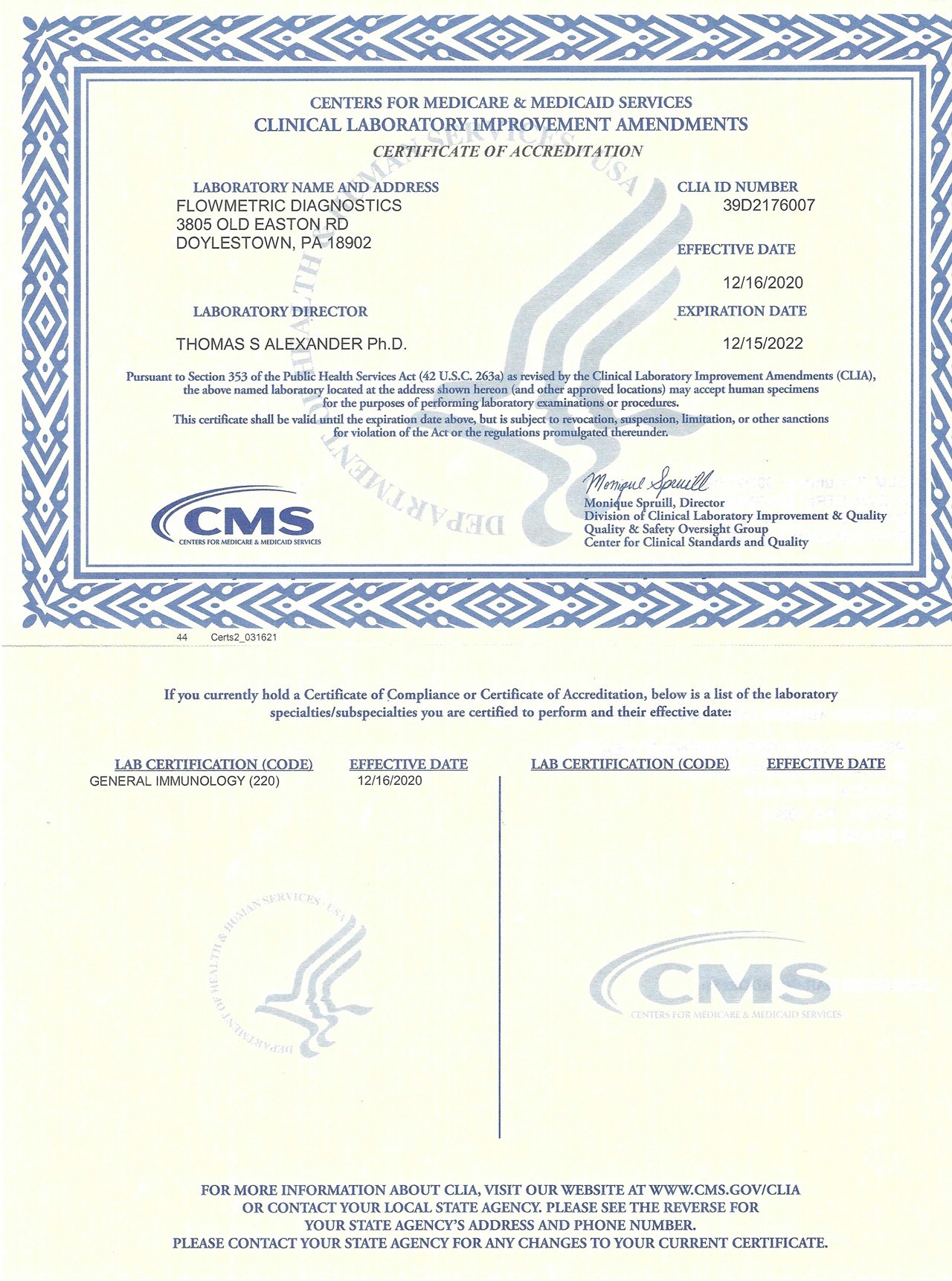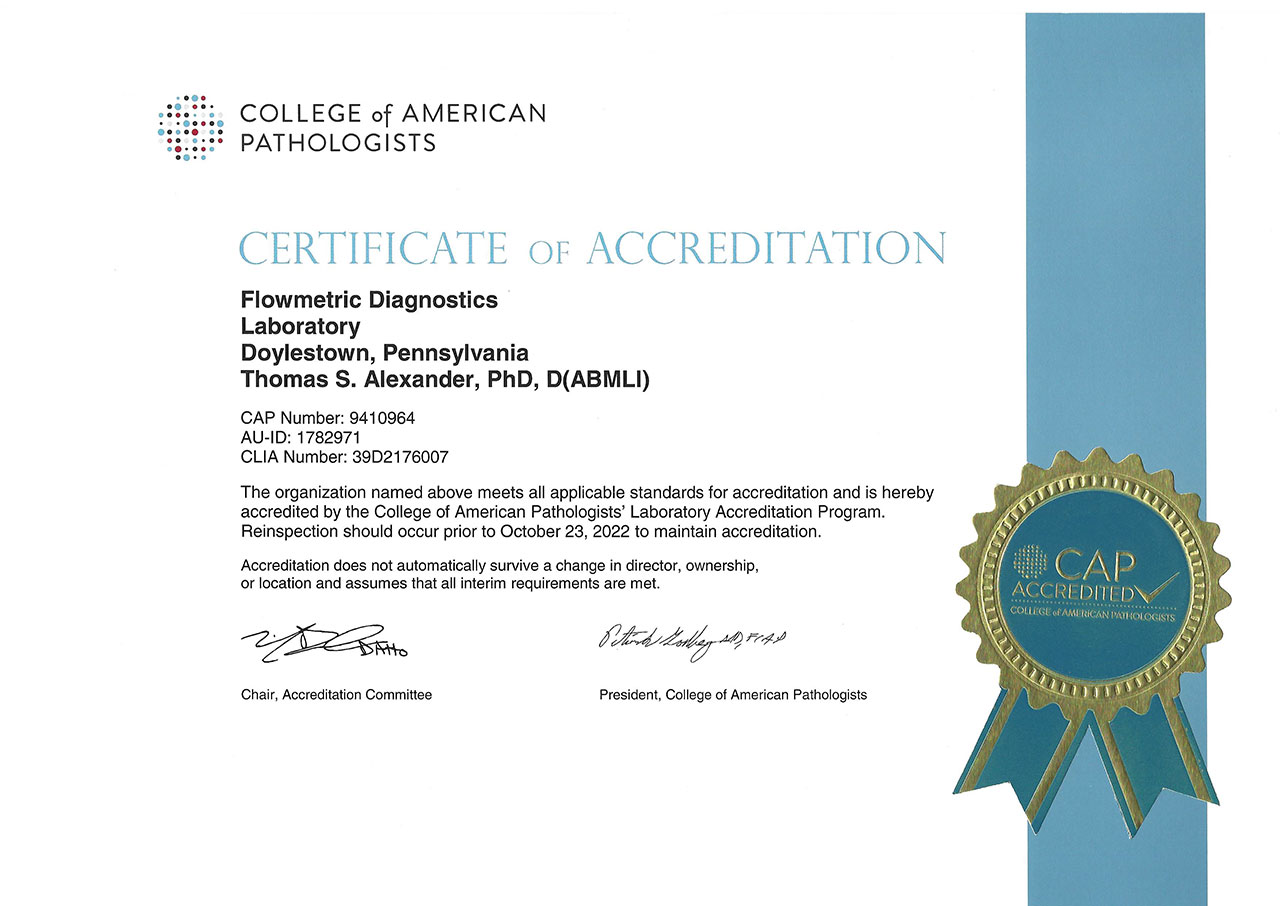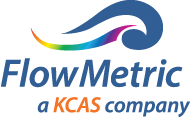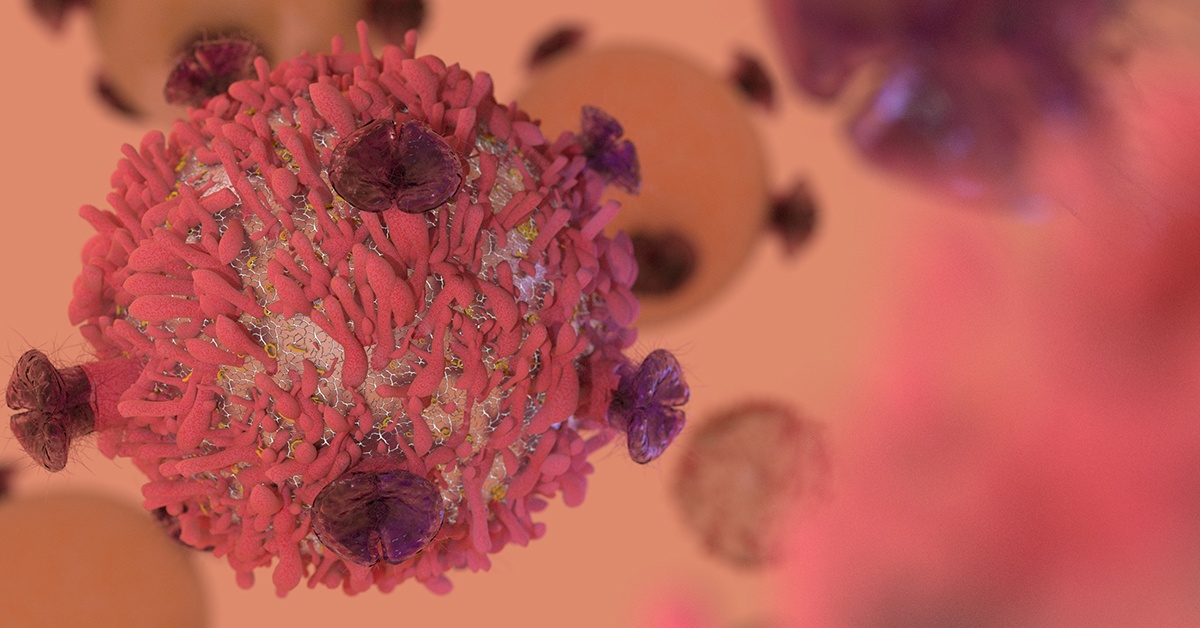
Many flow cytometry users are happy to start an experiment with a general protocol and a question about their specimen -- Will my cells make more cytokines or express more markers after activation? Will my cells respond to a novel immunotherapeutic drug candidate?
An understanding of why we do things for various flow cytometry protocols is essential to getting your experiment right. Most flow cytometry staining protocols start with isolating your cells of interest and manipulating them in culture for staining with immunofluorescent antibodies. These protocols typically includes a step in which cells are stimulated with a mitogen, a chemical that can broadly and nonspecifically activate your cells. You may also include a separate stimulation with a specific molecule or compound of interest, such as the protein subunit used in prior activations. Why do we do this?
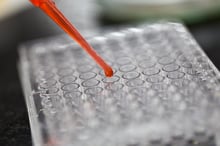 Mitogenic stimulation is a fast and reliable way to make sure your cells are functional. They will produce cytokines and express cell surface markers in response to stimulation, so even if your experimental stimulation doesn’t work, you can be assured that your cells are viable and functional and your staining protocol worked correctly.
Mitogenic stimulation is a fast and reliable way to make sure your cells are functional. They will produce cytokines and express cell surface markers in response to stimulation, so even if your experimental stimulation doesn’t work, you can be assured that your cells are viable and functional and your staining protocol worked correctly.- Specific stimulation allows you to screen drugs or biologics to determine which candidates can activate specific cells in a desirable way or identify potentially dangerous responses in vitro before further testing in animal models or patients.
- Specific stimulation allows you to test how your cells respond in vitro, which is critical to evaluating vaccine recall responses from animal models and patient samples.
Cell stimulation is a fundamental step and key control for flow cytometry experiments. Be sure to consider all the essential cell stimulation scenarios you will need as you plan your next flow cytometry experiment.
